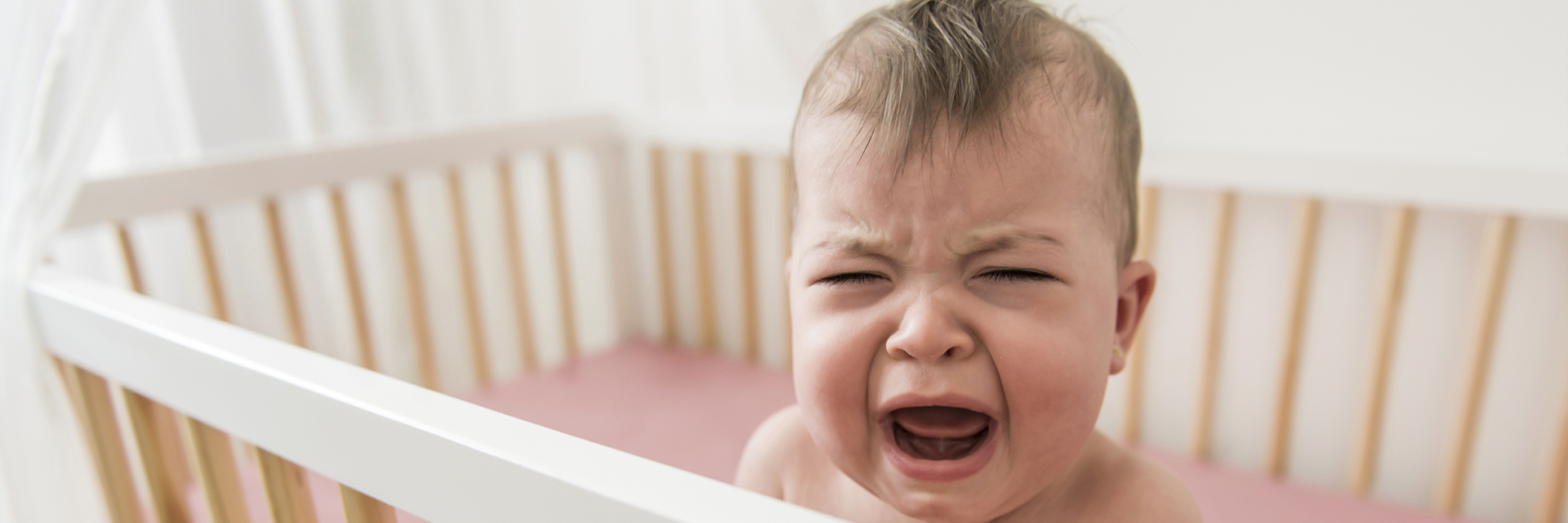Does this situation sound familiar? Your baby is fine for most of the day and then starts crying and crying, often in the early evening—and no amount of soothing seems to help. So what’s a harried parent to do?
“The Period of PURPLE Crying,” is an educational program that acknowledges many new parents simply aren’t prepared for the amount of crying a young infant can muster. The program was created by developmental pediatrician Ron Barr, M.D., and Marilyn Barr, founder and former executive director for the National Center on Shaken Baby Syndrome.
The program has been helpful in preventing Shaken Baby Syndrome, the potentially life-threatening infant brain damage that can occur when frustrated parents or caregivers shake an inconsolable baby to try to stop the infant from crying.
The program boils its advice down to 3 main action steps:
- Increase the “carry, comfort, walk and talk” measures during an infant’s bout of intensive crying.
- If the crying continues, that’s OK—but if you start to feel upset or angry, put the baby down safely and walk away to calm yourself.
- Never shake or hurt a crying infant in frustration.
What’s more, experts urge caregivers to care for themselves, whether it’s accepting a friend’s offer to watch the baby or joining a playgroup and sharing time and tips with other parents.
See also ...
This message is not intended to provide individual medical advice. Always seek the advice of a physician or qualified healthcare provider for any questions you have about your health or medical condition, your breastfeeding issues and your infant's health. Never disregard, avoid or delay contacting a doctor or other qualified professional because of something you have read in our emails, webpages or other electronic communications.
Powered by UbiCare

